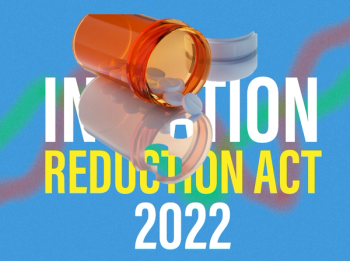
CDC proposes expansion of hepatitis C guidelines
The Centers for Disease Control and Prevention is proposing an expansion of its current hepatitis C risk-based guidelines to include a simple, one-time blood test for anyone born from 1945 through 1965.
The Centers for Disease Control and Prevention (CDC) is proposing an expansion of its current hepatitis C risk-based guidelines to include a simple, one-time blood test for anyone born from 1945 through 1965.
More than 75% of American adults with hepatitis C are baby boomers.
For those who test positive, the new draft recommendations call for referral to care and treatment and a brief screening for alcohol use, which can accelerate progression of liver disease in those with hepatitis C.
“These guidelines are unprecedented in the liver and viral hepatitis realm,” Tram Tran, MD, medical director of Liver Transplantation at the Liver Disease and Transplant Center at Cedars-Sinai, told Formulary. “Instead of screening based on symptoms, the recommendation is focused on a particular age group, in this case baby boomers.”
According to CDC, too many infections are being missed, since individuals, and even doctors, may be uncomfortable discussing behaviors related to hepatitis C risk. In addition, standard, routine tests of liver function miss more than half of all cases of hepatitis C infection. Currently, CDC recommends testing for those who have a known risk for hepatitis C, including anyone who has ever injected illegal drugs, patients who have ever received long-term hemodialysis treatment, or people living with HIV.
“Hepatitis C is a leading cause of liver cancer and cirrhosis, as well as the chief reason for the need for liver transplants in the United States,” Dr Tran said. “It is also responsible for about 10,000 deaths every year. These deaths and serious diseases could be avoided in many cases with early diagnosis.”
Dr Tran added that many patients with hepatitis C don’t have symptoms, so they may not know that they have it or that they’ve been exposed. “Proactive testing will ensure more cases are caught early,” she said. “Cedars-Sinai has been involved in much of the development for new treatments for hepatitis C, and treatment of this disease has been evolving rapidly. Some treatments are showing 70% cure rates.”
This recommendation is important, according to Dr Tran, because it is expected that there will be a huge influx of patients who will require a higher level of expertise and management of their disease. “That requires some infrastructure, such as a liver program and hepatologists,” she said.
This recommendation will continue to motivate the industry to advance the treatment of hepatitis C, according to Dr Tran. “It’s already such a fast-moving disease state and we’ve been making great strides in how hepatitis C is managed and treated,” she said. “There will be numerous patients who will require treatment, and this should spur the creation of treatments that are well tolerated and affordable.”
Newsletter
Get the latest industry news, event updates, and more from Managed healthcare Executive.





















































